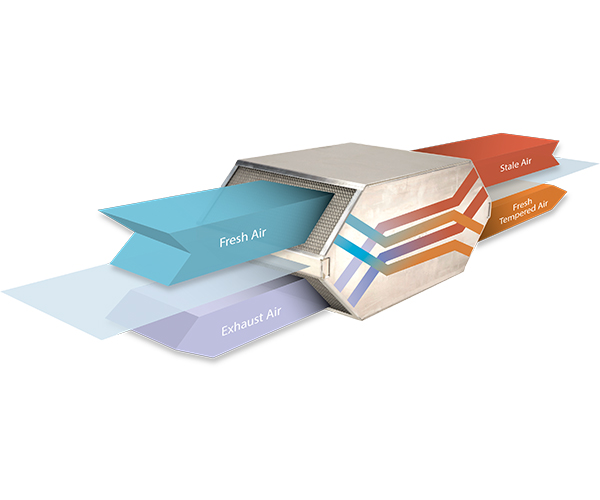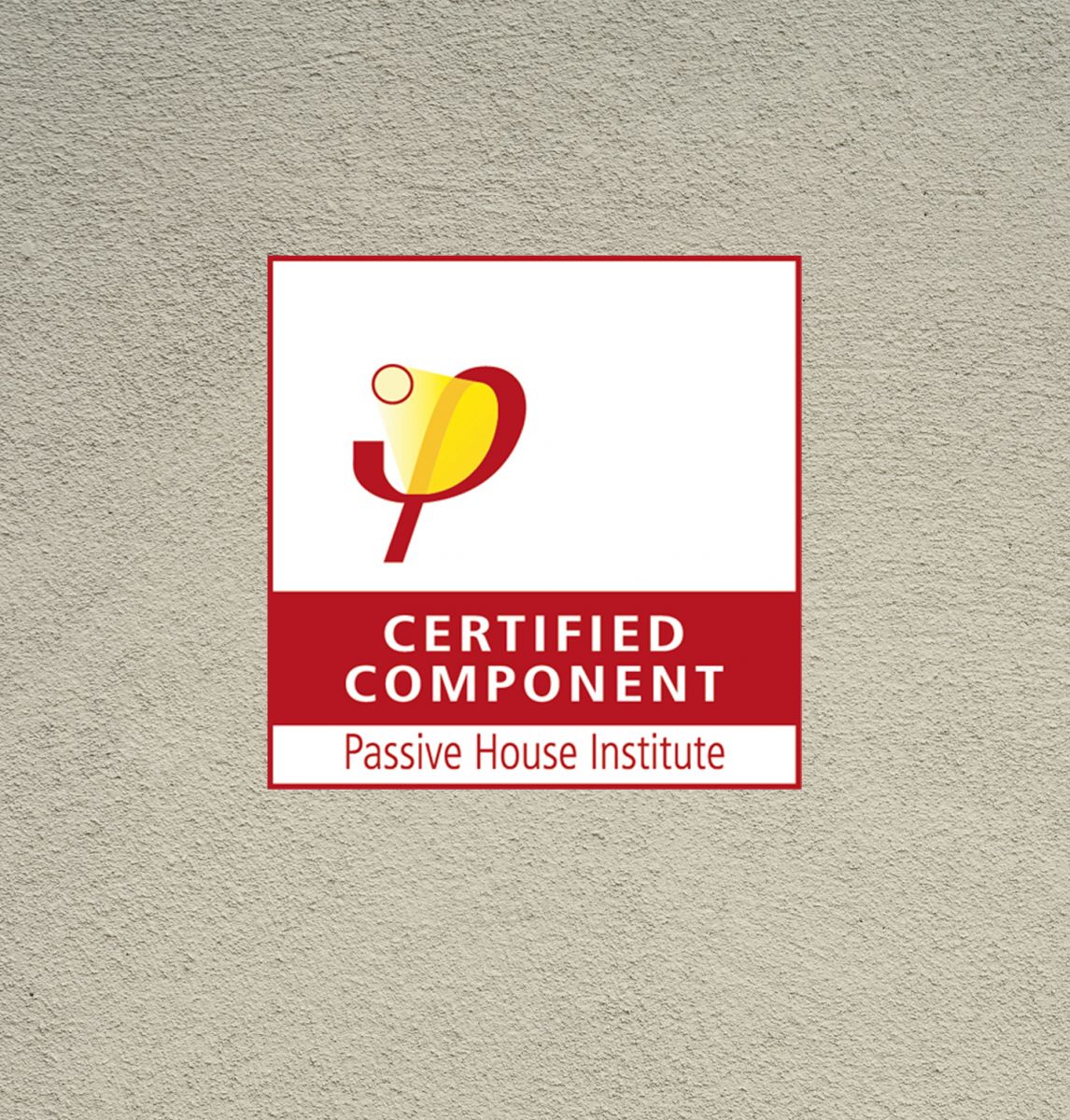Why CO2 Monitoring is 'Not Enough' for Healthy and Safe Offices
Will Cowell de Gruchy from Infogrid puts forward his argument for why the government should mandate smart air quality monitors in offices and schools. Will is the...
Read Full Article
SAV Systems' AirMaster AM 1000, a mechanical ventilation unit, has been awarded Passivhaus Component certification.
The flagship AM 1000 is the first decentralised, duct-free, mechanical ventilation unit with heat recovery (MVHR) on the market to be awarded the certification. This enables the AirMaster AM 1000 to be used in Passivhaus school buildings.
The core philosophy of Passivhaus design is to create a comfortable and energy-efficient building with minimal energy wastage, raising the standard of the buildings it is applied to.
After the Scottish government has brought their target forwards to 2045, the City of Edinburgh Council (CEC) set their net-zero goal for 2030. The CEC has identified certified Passivhaus design as a method for slashing carbon emissions. To that end, all new schools built in Edinburgh will be certified Passivhaus.
SAV Systems' time working with the City of Edinburgh Council (CEC) inspired them to undertake Passivhaus certification.
Ventilation plays a crucial part in two requirements of passive house standards: airtightness and space heating demand. Openings in buildings, such as windows and porous building materials can allow heat to escape, wasting the energy generated by the building. Consequently, Passivhaus buildings have high airtightness and low heat loss. However, in increasing the airtightness of a building to conserve energy, indoor air quality can suffer. Therefore, a mechanical ventilation solution is required to manage indoor air quality without wasting energy.
There is a range of approved MVHR solutions available under the Passivhaus framework. Many of these are centralised systems, which normally have high specific fan powers. AirMasters are decentralised and air distribution is duct-free, so fan power is kept to a minimum.
A typical classroom installation requires one AirMaster AM 1000 per room with intake and exhaust connection to outside. The AM 1000 can recover up to 90% of the room’s heat using an aluminium heat exchanger, reducing the building’s heat load and heat loss.

Picture: a photograph of the Passivhaus certified component logo
Willmott Dixon has been appointed by Spelthorne Borough Council to deliver a Passivhaus leisure centre that aims to be one of the most advanced, energy-efficient leisure facilities in the world.
It will be the first wet and dry leisure centre to achieve the Passivhaus standard in Greater London, and will be designed to consume up to 70 per cent less energy compared with a standard new building, optimising natural daylight and integrating photovoltaic panels to generate energy from renewable sources.
For a deep dive into a Norway primary school, a best-in-class example of Passivhaus design, click here.
Picture: a graphic showing how the MVHR system works, with stale air being exhausted
Article written by Ella Tansley | Published 20 September 2021
Will Cowell de Gruchy from Infogrid puts forward his argument for why the government should mandate smart air quality monitors in offices and schools. Will is the...
Read Full ArticleAs autumn term begins for UK school children, indoor air quality in educational facilities is under the spotlight thanks to new survey data. Air Quality in...
Read Full ArticleIn terms of virus transmission risk, are there days that are “safer” to attend the workplace than others? According to the Infogrid Air Quality Index, only...
Read Full ArticleThe advice includes how to ventilate rooms whilst keeping them warm, monitoring indoor air quality, and safely ventilating vehicles. What are the Legal...
Read Full ArticleImagine an office where, in the event of a pandemic, an app will inform tenants that the air conditioning is running on fresh air only and disinfecting UV lamps have been...
Read Full ArticleRalph James, FM & Technical Services Manager at the Met Office, explains how the latest sensor technology has allowed him to monitor the temperature and gather air...
Read Full ArticleThe Health and Safety Executive has expanded its advice for employers to provide adequate ventilation in their workplaces during the pandemic. This guidance is...
Read Full ArticleBiojet, from CPA Engineered Solutions, is a high volume air cleaning device that claims to deactivate up to 99.99 per cent of viruses (including coronavirus), mould and...
Read Full ArticleVentilation measures are considered the most vital engineering mechanisms in infection control within buildings. Research from REHA and CIBSE shows that adequate...
Read Full ArticleA British firm has developed a new system designed to help buildings with air management systems make their air supply secure against airborne pathogens. As COVID-19...
Read Full Article